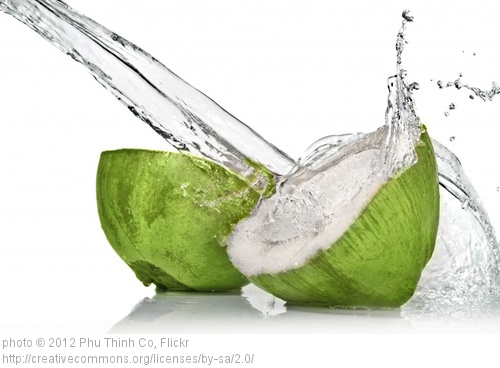Newsflash: sports drinks really aren’t very good for you. Many of them contain multiple different sources of sugar, including high fructose or other corn syrups. If you’ve got a zero-calorie sports drink, you’re likely contending with artificial sweeteners, and no matter which you choose you’ll likely be consuming artificial flavors, “natural” flavors (which aren’t as natural as you think), artificial colorings, and preservatives. If you’ve got a practice or a single softball game ahead of you, you really only need water to stay hydrated; however, if you’re facing a 90+ degree summer day under full blazing sun with three or more tournament games to play, something with extra carbohydrates and electrolytes can definitely be beneficial. So what should you drink? I’ll tell you!
Read More



